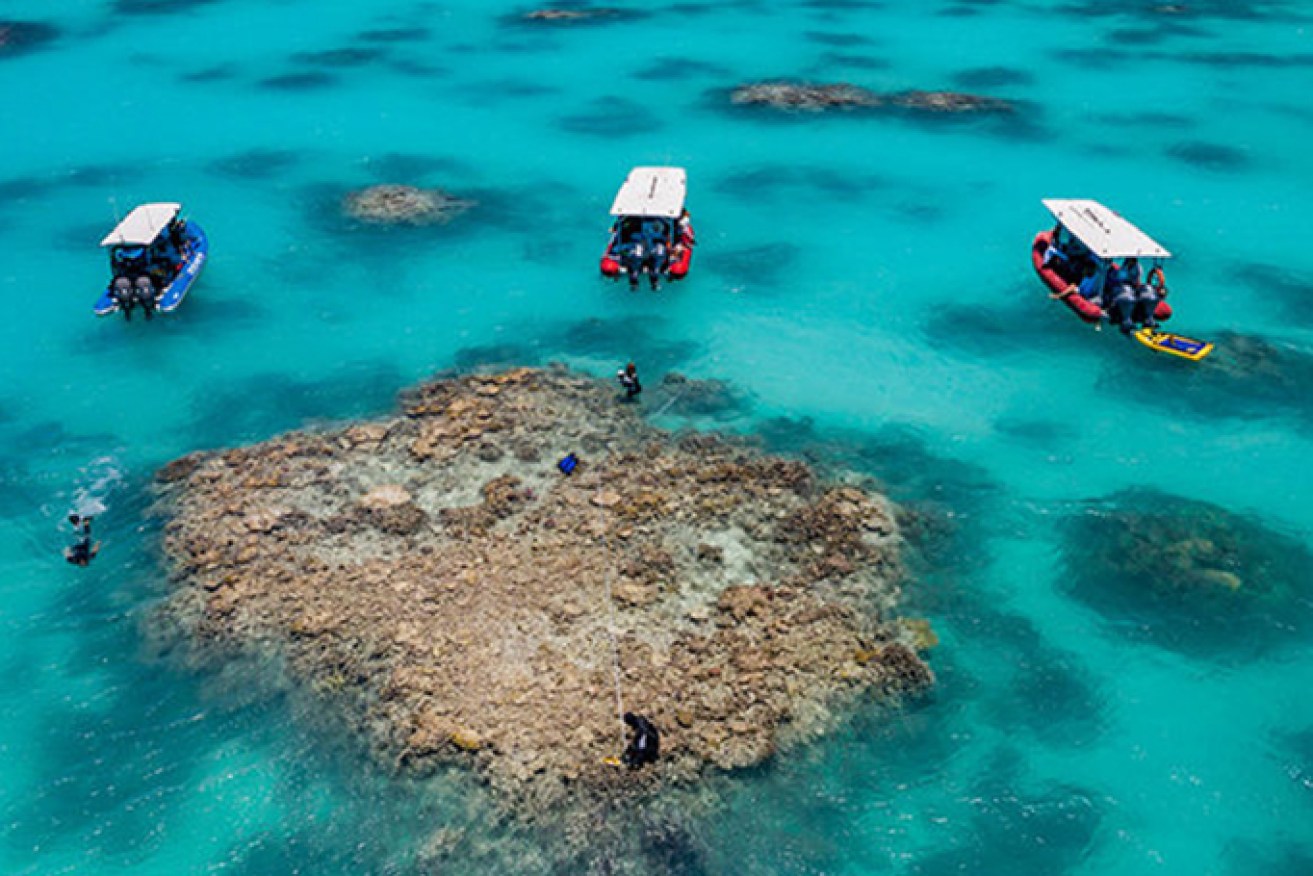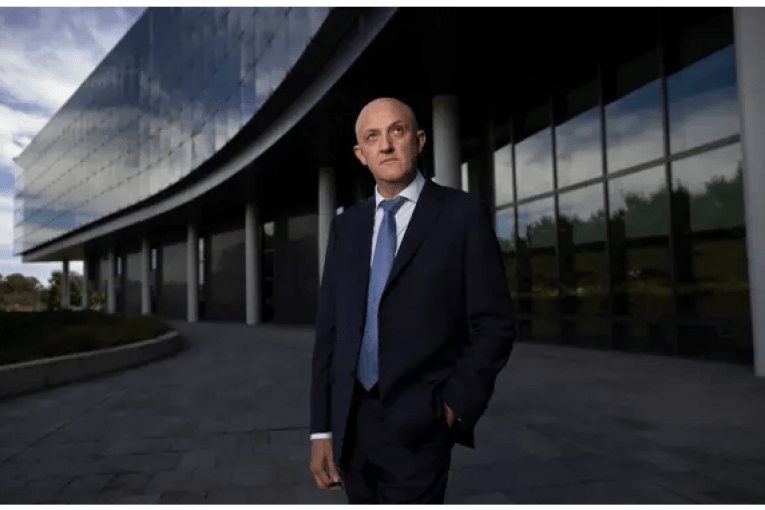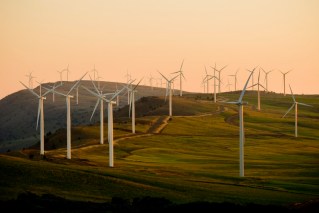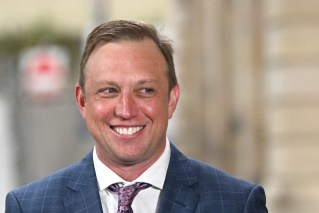Miracle on the Reef: Our first ‘IVF’ coral babies thriving amid hopes for bright future
Queensland’s first coral IVF babies on the Great Barrier Reef are thriving and soon likely to produce offspring of their own.


(Photo: Gold Coast Photographer)
Southern Cross University researchers who returned Wednesday night from a trip to Heron Island to check on the progress of the first coral IVF babies “delivered” in 2016, and to conduct further coral IVF trials in the southern Great Barrier Reef, said more than 60 colonies were likely to spawn next year.
It means the breakthrough coral IVF program is set to move from trials to large-scale production of up to 1 billion larvae that could help restore kilometre-wide ailing sections of the reef.
Lead researcher Professor Peter Harrison said the team found a lot of very large corals that had grown from the initial larvae.
“This proves that our larval restoration technique works just as we predicted and we can grow very large corals from tiny microscopic larvae within just a few years,” Harrison said.

Professor Peter Harrison checks on the health of his “babies’. (Photo: Supplied)
He said healthy branching Acropora colonies were on track to start reproducing themselves in the coral larval restoration sites where the larvae were settled four years ago during the first small-scale pilot study on the reef just north-east of Gladstone.
“One of the really interesting discoveries from this trip is that the corals are growing at different rates and therefore the colony size after four years of growth is quite variable,” Harrison said.
“The largest of them are dinner plate size coral and they’ll be very close to being reproductive size.
“The smallest of them are still just a few centimetres in diameter and it shows that even in one population of larvae that you put onto a reef, their interaction with their local environment is really important in determining which corals grow really, really quickly and those that take a lot longer to grow.”
Harrison said by contrast, coral communities at the control sites where there were no IVF larvae implanted remained the same with virtually no natural recruitment of new corals.
The results showed that more coral larvae needed to be supplied to enable the Great Barrier Reef coral colonies to grow fast enough to recover from the damage from bleaching events, including a major reef bleaching event in early 2020, he said.

“Last year I was successful with colleagues growing 150 million larvae in my floating nursery pools and what we hope to do over the next few years is develop that technique further and optimise it so we can routinely raise more than 1 billion larvae after each of these spawning events,” he said.
“Once we get to that sort of scale, distributing those larvae over much larger areas of the reef becomes feasible. It’s very ambitious.”
He said the process could happen within the next three to five years.
“Clearly we are not saying we can save the reef at the moment,” Harrison said.
“But once we get to kilometre scales we can really be talking about reef restoration.”
The first coral IVF trial was made possible with the support of the Great Barrier Reef Foundation.
Great Barrier Reef Foundation Managing Director Anna Marsden said the coral IVF babies technique was currently being scaled up in collaboration with Southern Cross University, CSIRO and QUT, and support from Australian Institute of Marine Science.












